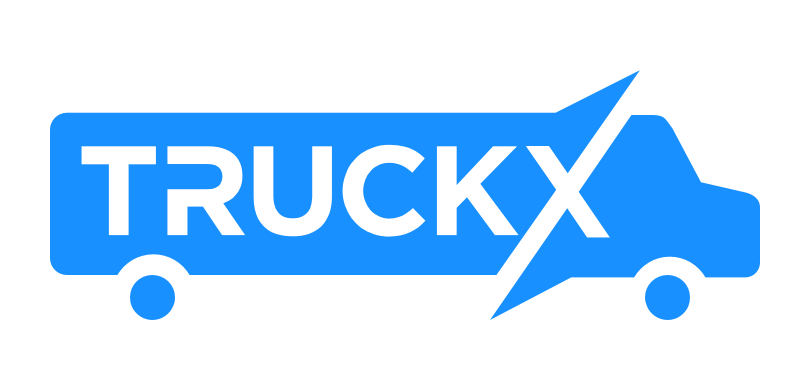- Tapan Chaudhari
- August 28, 2022
- 2:09 am
How Large Trucking Firms Can Use Data to Drive Efficiency
For large trucking firms, data-driven strategies are proving highly effective for maintaining delivery timelines, especially in times when customer demand surges and driver shortage risks lead to operational gridlock.
Data analytics helps firms in several ways – from route optimization and fuel management to ensuring operational efficiency and maximizing driver productivity. Read on to learn how large trucking firms can use data to drive efficiency.
How Do Data and Analytics Improve Logistics Services?
Data analytics can directly influence the performance of fleets. Here’s how:
1. Gives a Competitive Edge
According to a report, almost 73% of enterprise data remains unused during analytics. Thankfully, technological advancements concerning data analytics for fleet management have rendered a competitive edge for trucking firms to stay ahead. In essence, analytics improves the HOS (Hours of Service) compliance, road safety, and overall operational efficiency of large fleets.
2. Saves Cost
It is vital to avoid the costs of a sudden breakdown or unplanned services during operation. To that end, data and analytics drive operational efficiency in terms of lower-cost maintenance. Real-time data on vehicle performance, condition, and usage can make a massive difference in realizing predictive maintenance.
Data and analytics also reduce the overall cost by improving inter- and intra-team stakeholder interactions, which is crucial for timely action and delivery with adequate resources.
3. Ensures Consistency and Quality
In the post-pandemic era, the demand for fleet services has significantly surged. The technology in the industry has also propelled beyond just tracking and tracing packages. It has unveiled a whole new potential for the supply chain industry.
Customers and end users can now have greater visibility over operations at each step. Vendors also have greater certainty of product location and delivery timeline, allowing them to provide their customers with consistent and high-quality services and products. Technology-led solutions like cloud dashcams can certainly help realize these goals.
4. Enables Platooning
Platooning is a recent advancement in the fleet management industry that allows the interlinking of multiple trucks on long interstate highway routes. It has taken vehicle-to-vehicle communication to the next level.
The lead vehicle in platooning controls the speed and direction of other connected trucks. The response between the connected trucks is instant, with zero reaction time. Once they get within a specific range from the destination, the vehicles are diverted with allotted drivers to different delivery points.
Platooning represents a promising aspect in the future of the trucking industry, where fleet managers have more control over road safety measures. It also saves fuel and is environmentally friendly — all of which is made possible via real-time data and analytics.
5. Optimizes Routing and Freight Movements
The logistics industry is adapting the sensor-based system for route optimization and real-time freight monitoring. Big data and analytics are crucial for streamlining such systems in large fleet management. This way, you can pre-plan the shipments, mitigate possible risks and ensure timely delivery of consignments.
6. Monitors and Maintains Inventory
Logistics management, especially with large fleets, is critical as it depends on many variables. During transport, several things could go wrong and lead to damage or loss of goods. With data analytics enabling real-time monitoring and control over large fleets, it is possible to minimize such losses.
This can save firms from situations of unforeseen inventory shortages. Data and analytics can help pre-plan the consignments by explaining the possible risks the fleet can encounter, right from loading to transition and delivery of goods.
7. Improves End-to-End Customer Experience
Successful delivery is the prime focus of every trucking firm. However, customer experience is not just limited to that. Providing customers with a satisfactory end-to-end experience also includes maintaining clear communication at each step of the transit and intimating them about incidents when things don’t go as planned.
This shows that the firm values the customers and strives to maintain transparency. Such practices build trust, credibility, and a positive reputation for the company in the long run. To be able to achieve it, real-time data acquisition and analysis become imperative.
How Can We Help?
It’s high time to start your digital transformation journey. Tech solutions are now crucial for efficient fleet management as they can provide real-time data and help you deliver the best services.
We at TruckX offer the best and most affordable IoT and ELD solutions for efficient fleet management. With scalable features, these solutions are well-suited for fleets of all sizes. You can choose from an array of options, like dashcams and sensor-based tracking systems for ELD compliance, asset tracking, and more. Connect with us and efficiently
cater to your fleet needs.
